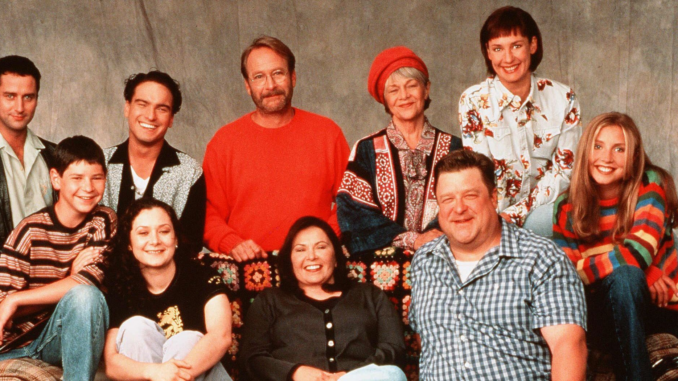
When Roseanne debuted, it quickly became the voice of the working class. The show’s depiction of the Conner family wasn’t just another portrayal of a sitcom family – it was a window into the lives of millions of Americans who struggled to make ends meet. By focusing on the everyday challenges of the Conners, the show offered a powerful critique of class disparity and gave a voice to those who often went unrepresented in popular media.
Depicting the Struggles of Working-Class Families
The Conner family wasn’t rich, and they didn’t have it easy. Roseanne and Dan worked hard to support their kids, and money was always tight. They didn’t live in a fancy house or drive the latest cars, and they certainly didn’t have the luxury of taking vacations or buying expensive gifts. They were the people who worked blue-collar jobs and lived paycheck to paycheck.
But rather than portraying them as a downtrodden, unlucky family, Roseanne showed them as strong, resilient, and loving. The family’s struggles were real, but they didn’t define them. What defined them was their ability to face adversity together, with humor, grit, and determination.
A Window into Real-Life Struggles
In addition to financial problems, Roseanne explored other issues that many working-class families face: addiction, divorce, health problems, and job insecurity. These issues weren’t sugar-coated or brushed aside for comedic effect. The show addressed them head-on, using humor as a way to cope with life’s challenges rather than to downplay them.
The portrayal of Roseanne’s role as a working mom was groundbreaking for its time. She was neither a perfect, self-sacrificing mother nor a distant, uninvolved one. She was real – she made mistakes, she struggled, and she wasn’t always the best version of herself, but she loved her family fiercely.
The Importance of Representation
Roseanne played a crucial role in giving working-class America the representation it had been lacking in mainstream media. At a time when most sitcoms focused on upper-middle-class families, Roseanne showed that it was possible to make a great, funny, and relatable show about a family that didn’t have it all. This realistic portrayal of working-class life resonated deeply with viewers, especially those who identified with the Conner family’s struggles.
